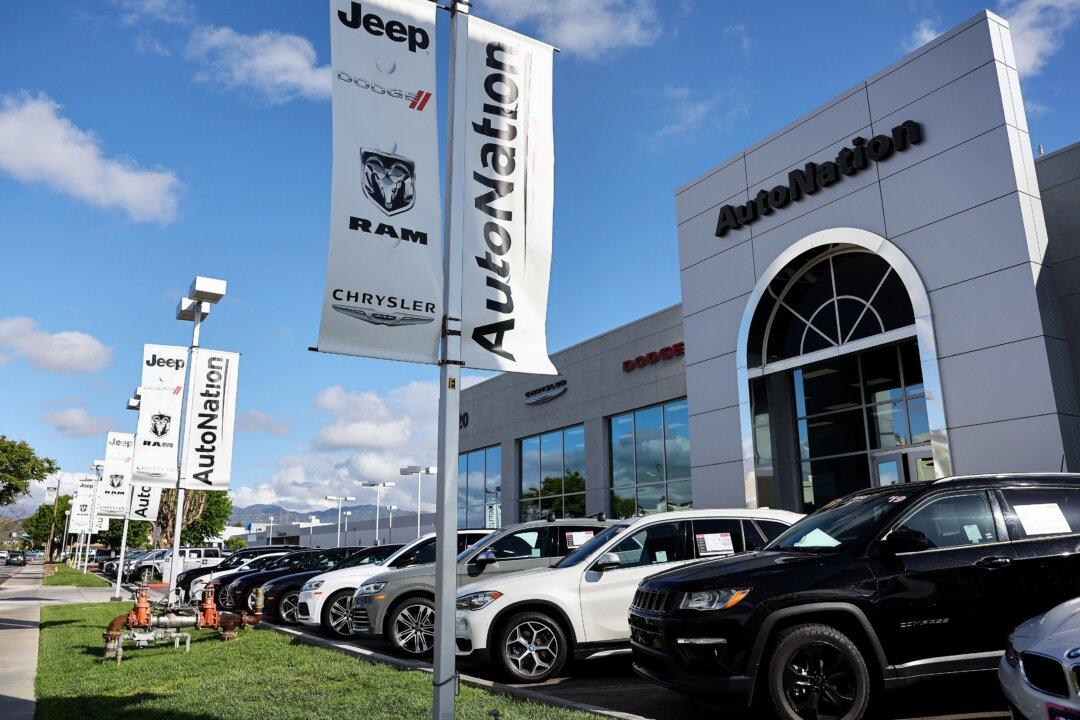
Vehicles are displayed for sale at an AutoNation car dealership in Valencia, Calif., on April 21, 2022. Mario Tama/Getty Images
The auto sector, which had been struggling with depleted inventories during the pandemic, is now dealing with a sales crisis.
Bryan S. Jung is a native and resident of New York City with a background in politics and the legal industry. He graduated from Binghamton University.
Author’s Selected Articles





